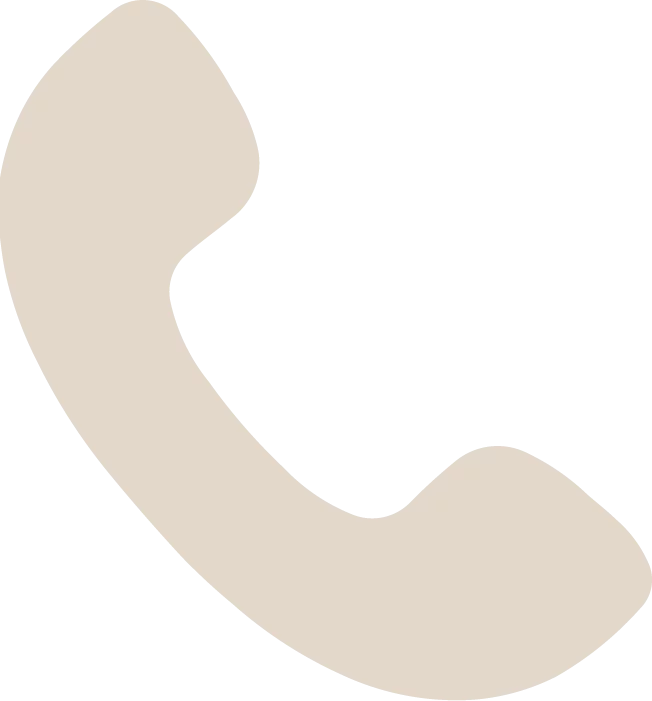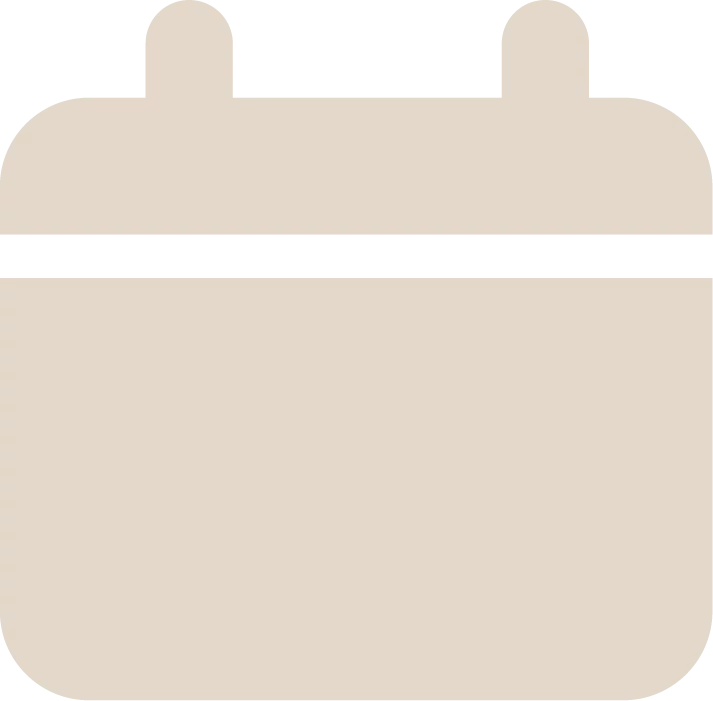We humans have been cleaning our teeth for millennia. While the tools and substances have changed (we don’t use twigs or pumice anymore), the reasons haven’t: we want a nice, fresh smile and a clean-feeling mouth.
Objectively, though, oral hygiene has one primary purpose — to remove dental plaque, the whitish film of bacteria that grows on unclean tooth surfaces and at the gum line. Removing this decay-causing film can drastically reduce your risk of dental disease.
Effective oral hygiene depends on two primary tasks: brushing and flossing. You should perform these tasks at least once (flossing) or twice (brushing) in a 24-hour period. Brushing involves a simple technique. You hold your toothbrush (a well-designed, multi-tufted brush) in your fingertips with the same pressure as you would a pen or pencil. You then gently scrub all of the tooth surfaces starting at the gum line, holding the brush at a 45-degree. “Gently” is the key word here: it’s possible to damage your tooth and gum surfaces by brushing too vigorously.
While brushing seems easier for people to fit into their daily routine, flossing seems to be harder. It’s just as important, though, because over half of plaque accumulation occurs between teeth, in areas where brushing can miss. Like brushing, flossing isn’t difficult to do. Holding a strip of floss taut by your fingers between both hands, and gently slipping the floss between your teeth you form a “C” shape around each tooth surface as you apply pressure onto the one surface you are cleaning. Gently move the floss up and down for three or four strokes or until you hear a squeaky clean sound (that’s when you know the surface is clean). Then you go to the other tooth surface by lifting the floss above the gum line so that you don’t damage the gum tissue in between the teeth.
You should also schedule regular checkups and cleanings with our office to supplement your daily routine. Professional cleanings remove any hidden plaque that brushing and flossing may have missed. A checkup also gives us a chance to evaluate how well your hygiene program is progressing. Our partnership in proper oral hygiene can make all the difference in you avoiding tooth decay and other dental diseases.
If you would like more information on proper oral hygiene, please contact us or schedule an appointment for a consultation. You can also learn more about this topic by reading the Dear Doctor magazine article “Oral Hygiene Behavior.”







